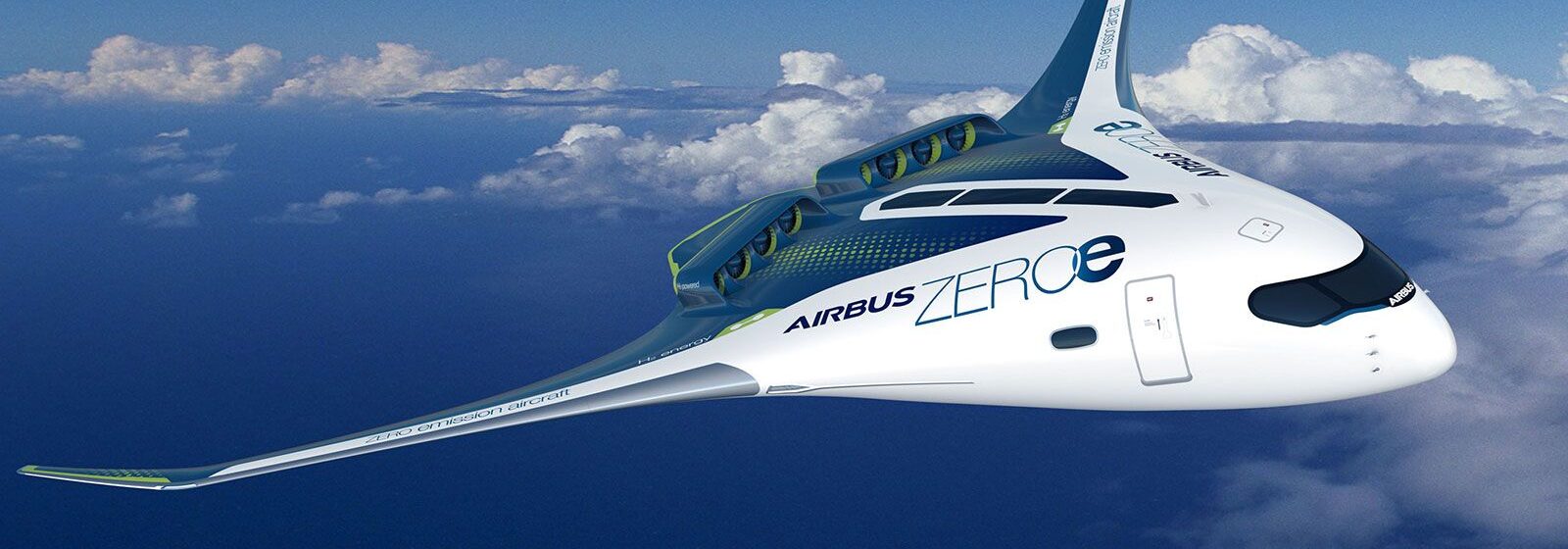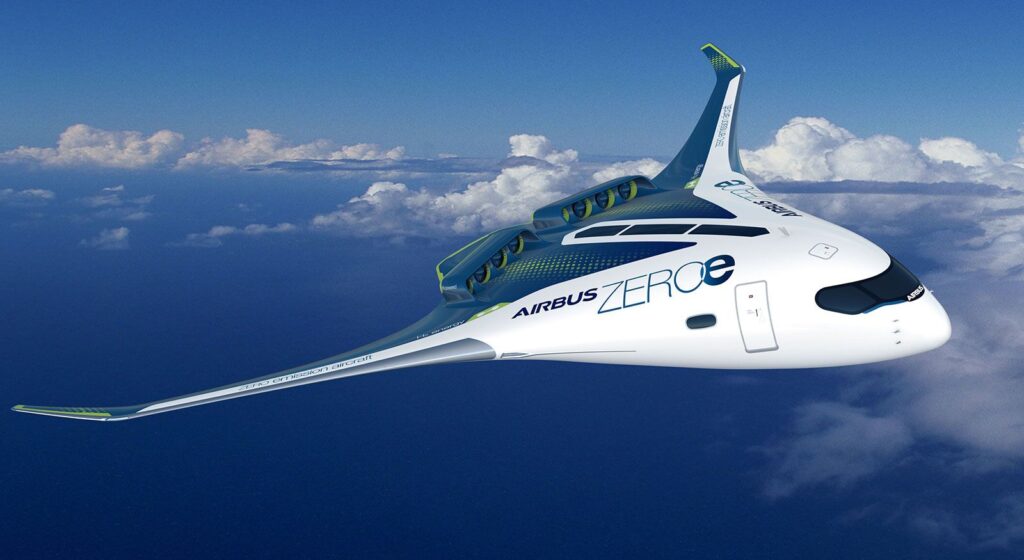Aviation has not had an easy time recently. In pandemonium, it went through a massive crisis. And image-wise? Well, the industry has had a hard time bearing the burden of being a large CO2 emitter for years. According to reports by international aviation organizations, aviation accounts for about 2-3% of the world’s total carbon dioxide emissions! However, something is beginning to change. Environmentalists, the public, international organizations have raised a larum. That’s a good thing, because the aviation industry is slowly moving to the green side of power by producing electric aircraft. So… electric planes, hydrogen planes: is it possible to change the aviation industry?
What about alternatives?
The alternatives to airplanes are somehow not very many, but they are, for example, night rides in sleeping cars. For me, this is an interesting idea and above all: you can sleep lying down! Of course, we are talking about routes farthest between countries or cities. In general, when it comes to battles of the cycle: greener rail vs. airplanes that emit much more CO2, it’s hard not to look at what’s happening in France. Because there is quite a lot going on over the Seine on this topic. For example, the introduction of taxes on flying.
Even before the pandemic, France had plans to tax air travel. The idea came from the Convention Citoyenne pour le Climat (CCC). This civic group was created under President Macron. They proposed a tax on economy class tickets. It would be 30 euros for flights under 2,000 kilometers. For longer routes, 60 euros. Business class would be taxed more. 180 euros for shorter flights. 400 euros for longer ones.
How Private Jets Undermine Climate Action
The scale of the tax would thus be 23 times higher, amounting to €4.2 billion. That’s not all the CCC is also calling for: an end to the construction of new airports and expansion of existing ones. However, the French have a well-developed railroad. So they could suspend some domestic flights of up to 2.5 hours where train service is available.
France has also addressed flying in private jets, which I find ridiculous at times! I’m sure you’ve heard of the absurdities: flying to environmental conferences… by private plane. This happens even in Poland.
Over the past 20 years, the fleet of private jets has grown by 133%. Meanwhile, private jets are responsible for more than 10 times the CO2 emissions of commercial flights, meaning 1% of the world’s population is responsible for 50% of aviation emissions.
What’s next for the aviation industry?
Although there are demands like those from France to stop building new airports, after all, we probably don’t want to “plow up” what we have created so far. New technologies are coming to the rescue. One option is to switch to biofuels, which is already happening, with hydrogen and its possibilities lined up.
The first airplane powered by environmentally friendly aviation biofuel took off less than a year ago from Chicago to Washington (United Airlines). One of its engines was filled with green propulsion (that’s what regulations allow).
Back to Europe. The British RAF Voyager transport plane made the world’s first – for aircraft of this size – flight using only aviation biofuel. The flight lasted 90 minutes and took place in November 2022, at RAF Brize Norton air base in Oxfordshire.


Fot. Ministry of Defence/Twitter
The British hope that the use of aviation biofuel in flight will bring the Royal Air Force (RAF) closer to achieving zero CO2 emissions by 2040.
And what exactly is aviation biofuel? It’s made from cooking oils and beef tallow enriched with key aviation fuel synthesized compounds called aromatics, which are based on corn sugar. Using this type of Sustainable Aviation Fuel (SAF) results in 80 percent fewer emissions than regular jet fuel.
Hydrogen planes and more
Here we have several players. The more far-reaching plan is a hydrogen aircraft, which Airbus, among others, is working on, giving itself until 2026 to test gas-powered engines. Manufacturer is betting on large machines, wide-body, double-deckers of the A380 series. This project is being conducted jointly with US-French aircraft engine manufacturer CFM International.

Foto: Airbus ZeroE
On the other hand, we also have the American-British start-up ZeroAvia. Here we go a step further, as ZeroAvia has opted for a greener alternative, a hydrogen-electric engine. There is no combustion chamber. Instead, the system uses cells with an anode and a cathode. Hydrogen from a tank combines with oxygen inside them. The primary byproduct here is not water vapor, which also contributes to raising the atmospheric temperature, but water.
Electric planes, or planes on batteries
Electric aircraft can greatly reduce greenhouse gas emissions. This helps limit aviation’s impact on the environment. They are also much quieter than planes with combustion engines. That means less noise during flight.
Several companies are working on this. Among them are Wright Electric, NASA, and Rolls-Royce, which makes engines for Boeing and Airbus. Other players include Zunum Aero, Eviation Aircraft, and Wisk Aero.
Wright Electric plans to build an all-electric plane by 2026. Its partner EasyJet aims to start using it by 2030. The BAe 146 is expected to take 100 passengers on board and cover 740 kilometers on a single battery charge.

Fot. EasyJet
What about NASA?
One of the players is also NASA. The organization is working on its own X-57 Maxwell model also an electric aircraft. It’s a small four-seat machine that looks very classy to me.

Fot. Business Insider
The agency is shifting focus slightly — not downgrading flights, but moving away from purely space exploration. About 15–20% of its budget will now support clean aerospace technologies.
The first flight of the X-57 was supposed to take place in 2023. But the program was canceled due to problems with the propulsion system. Well, it’s hard, an aircraft with an electric motor wasn’t built right away, right?
The last player worth noting is Rolls-Royce. In September 2021, it sent its small ACCEL aircraft equipped with three engines into the skies – reaching a speed of 622 km/h. (Almost beating the previous record (337 km/h) twice). The electric journey promises to be quite interesting. Rob Watson, director of Rolls-Royce Electrical said: “It’s not just a matter of breaking a world record, but also an important step in the development of technologies that can play a fundamental role in enabling the transition to a low-carbon economy. Rolls- Royce has a strong capability and we will be at the forefront of this trend.”
As you can see, things are happening in the sky. I’m glad that there is a growing awareness of the need to reduce aviation’s CO2 emissions and to invest in greener technologies. To reduce the aviation sector’s negative impact on the environment. When, if ever, and what do traditional carriers and passengers think about this? I don’t know. But I’m full of hope that our sky will get greener.
Source: GreenBook2023









